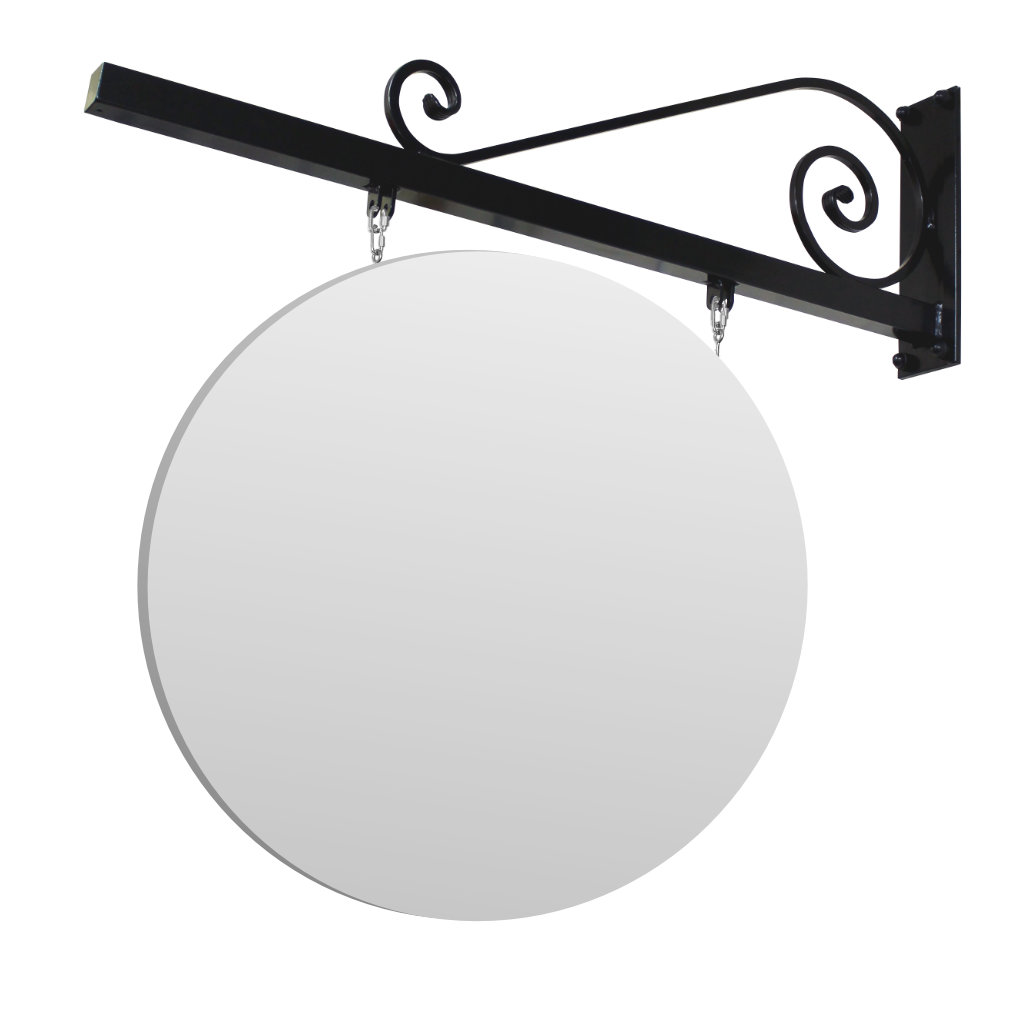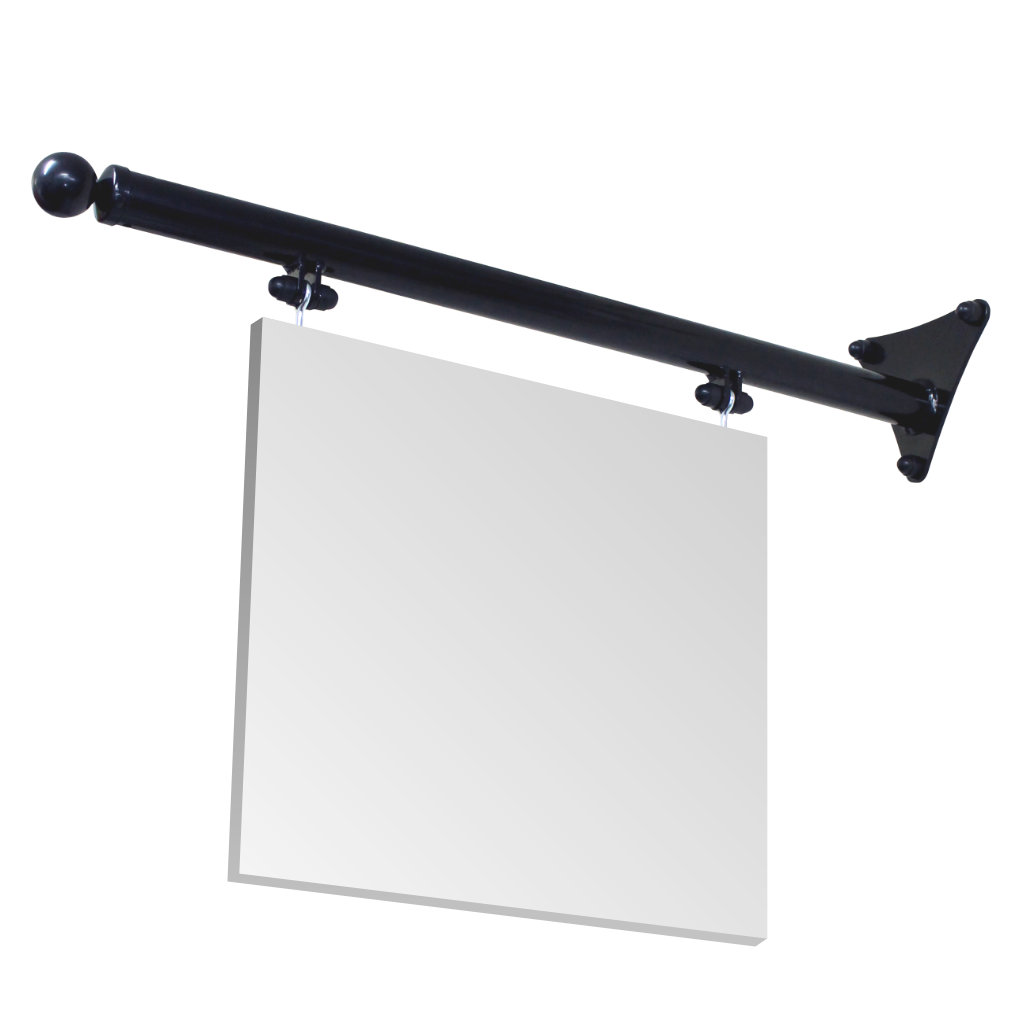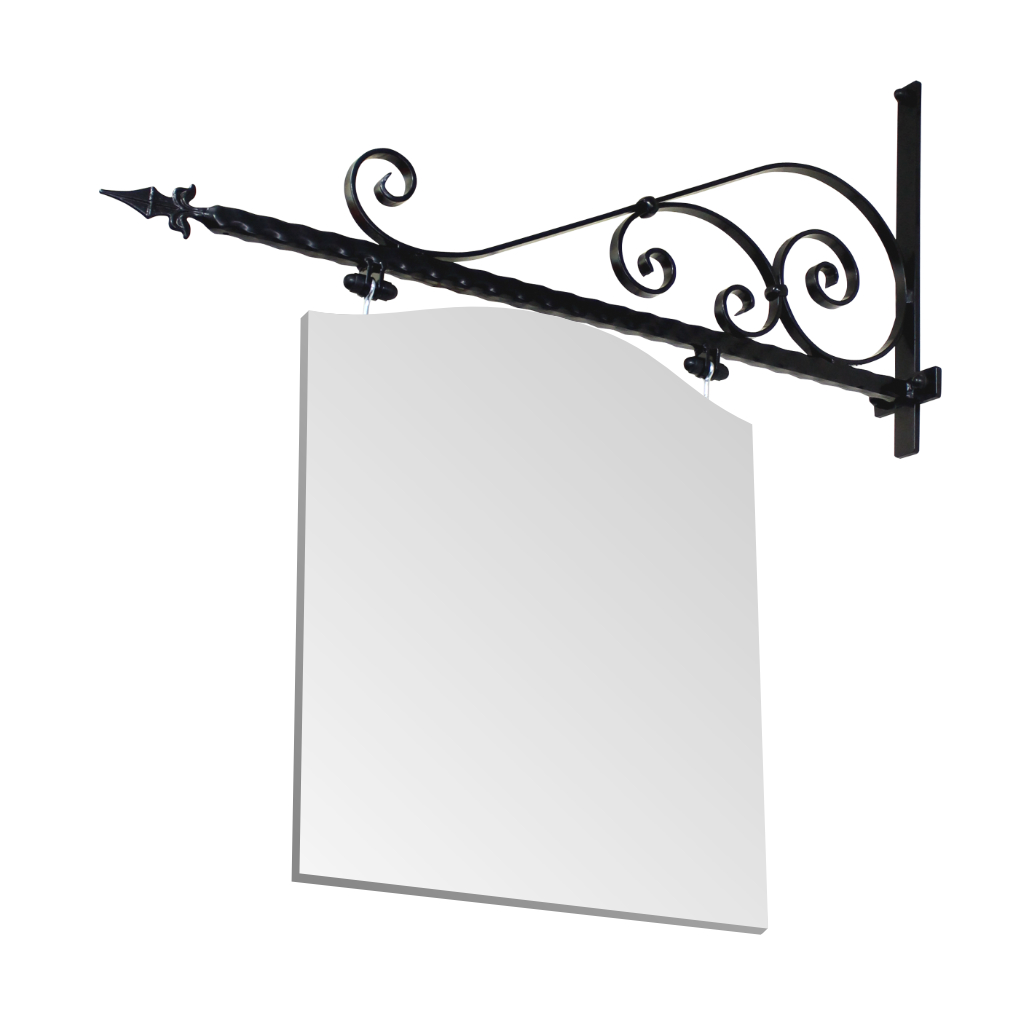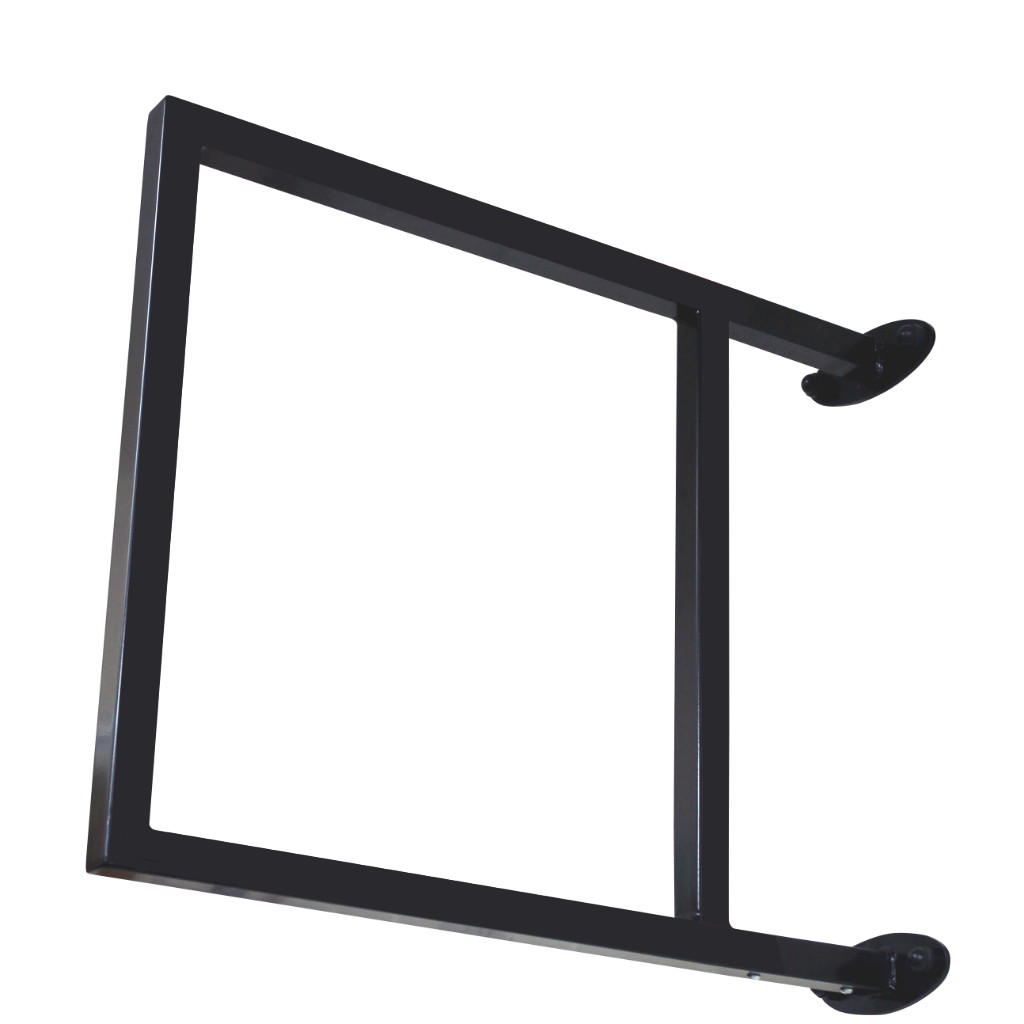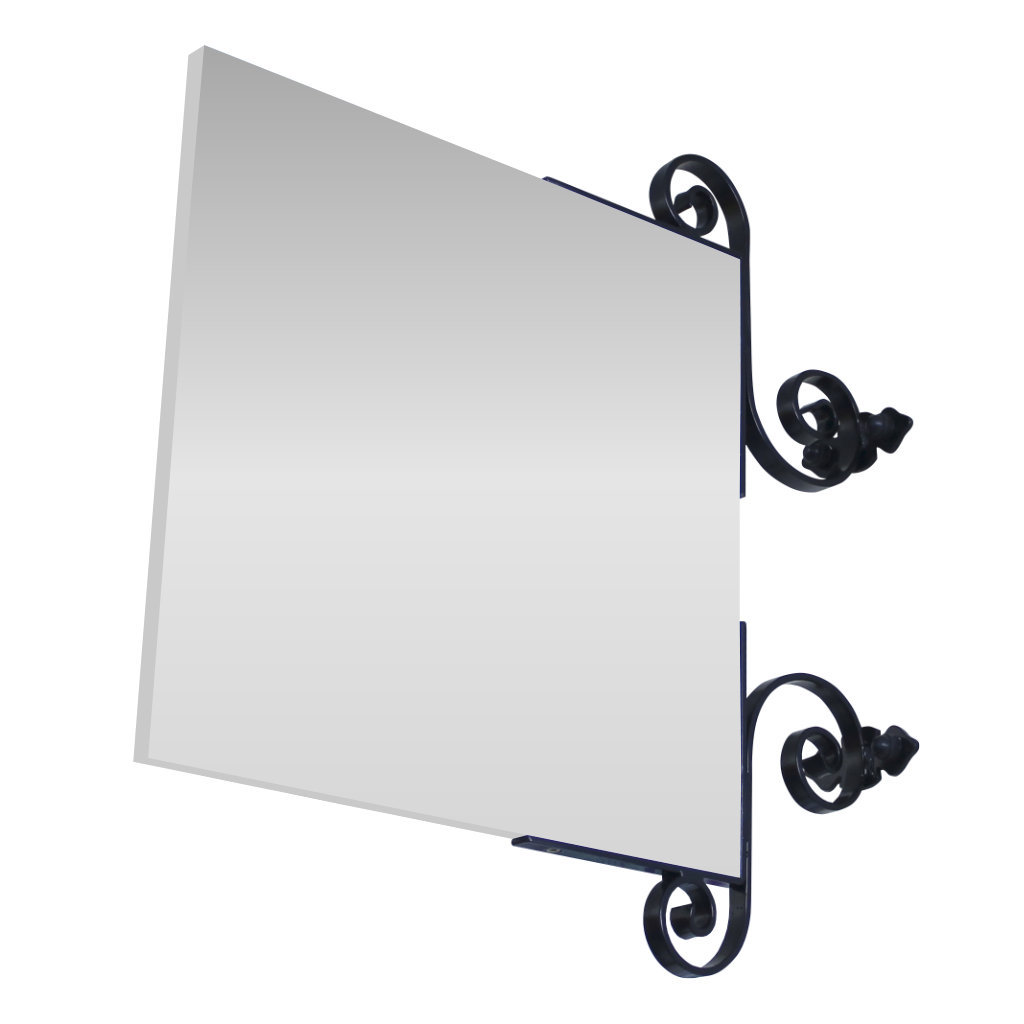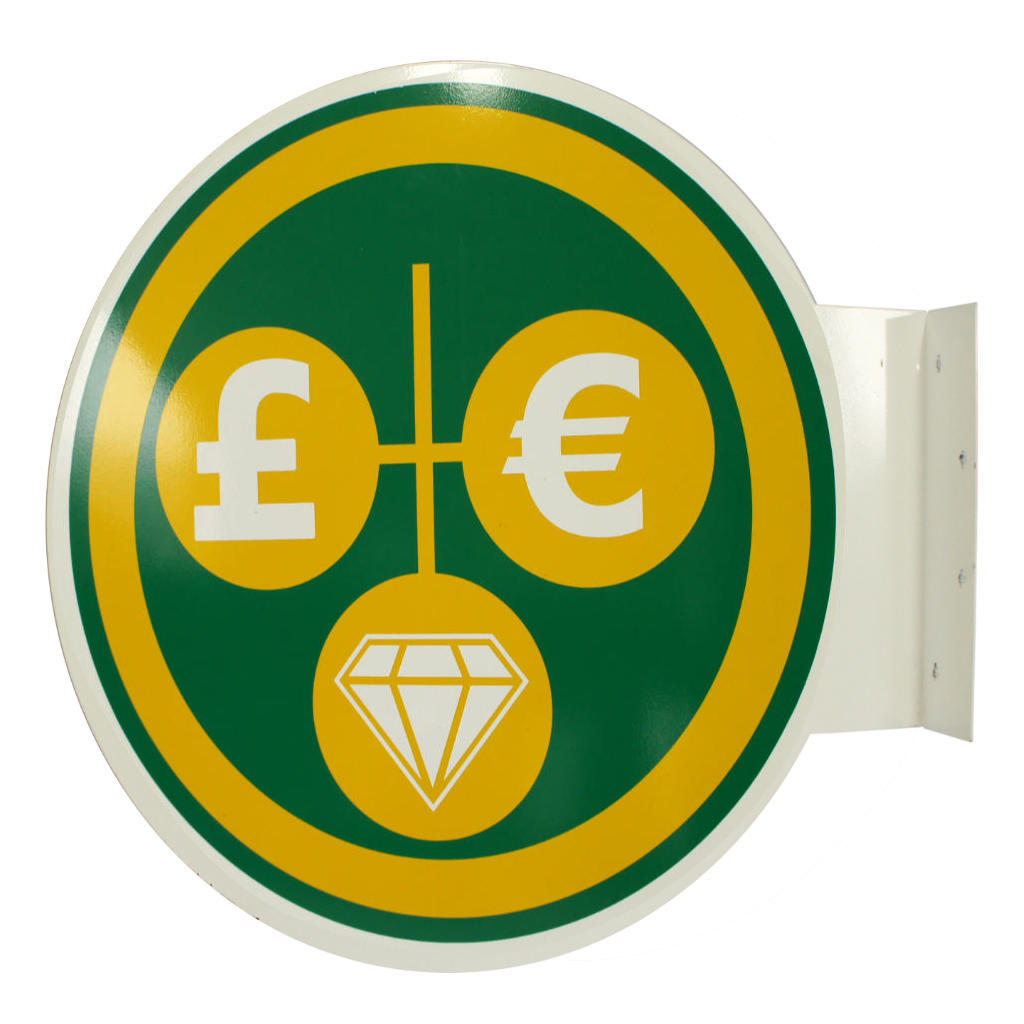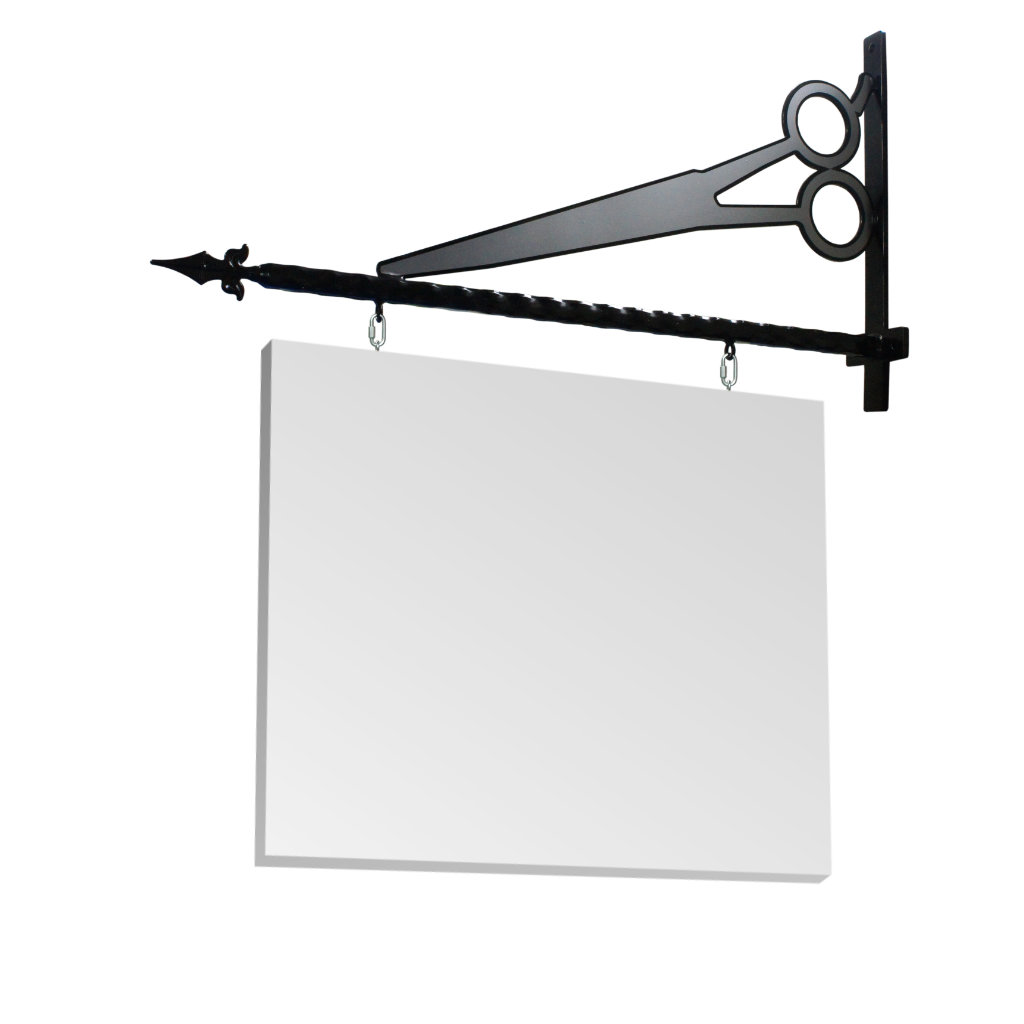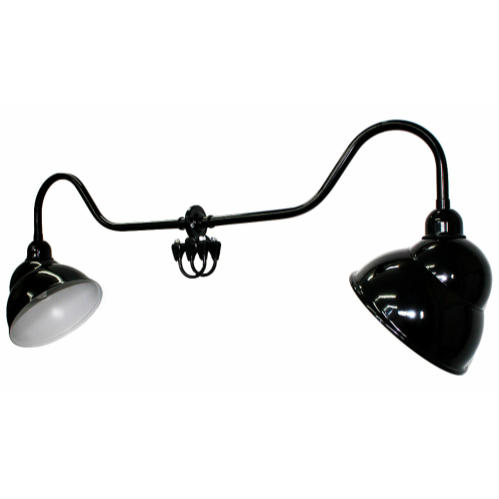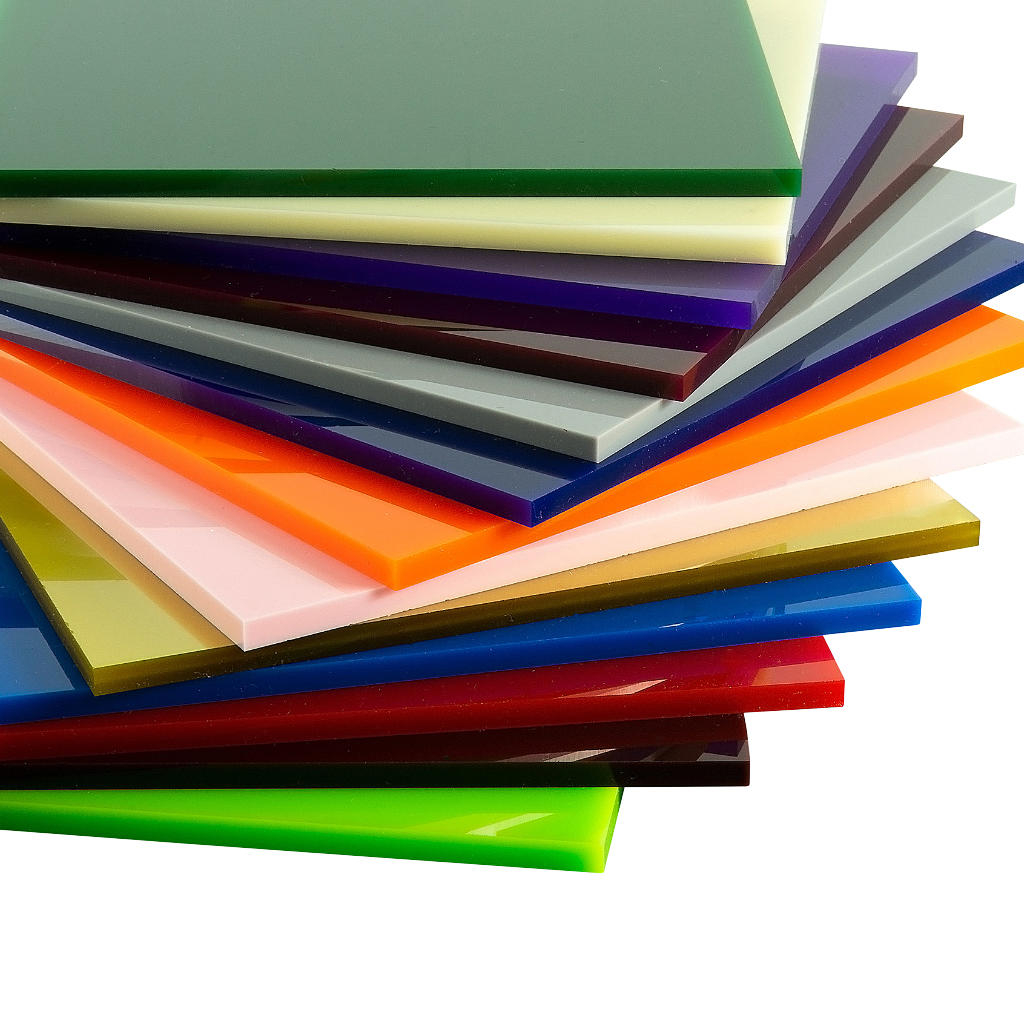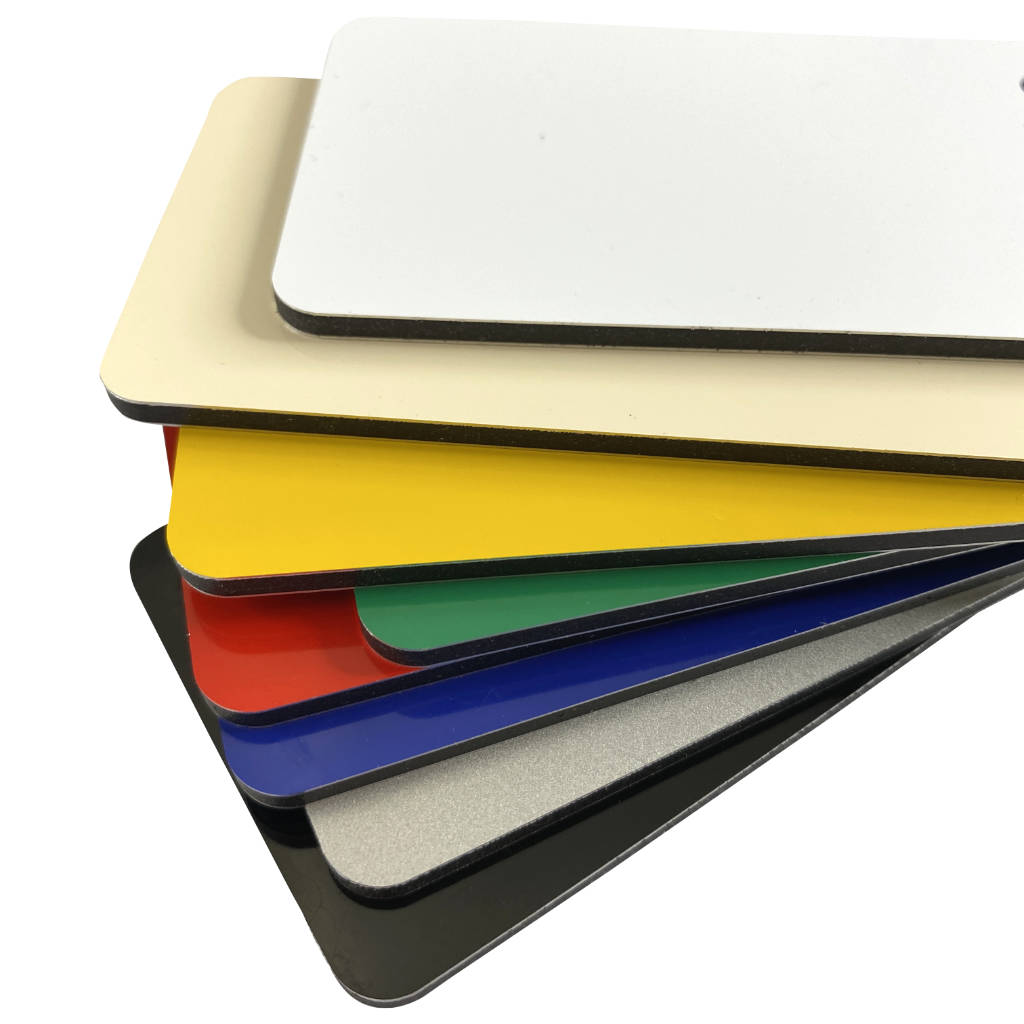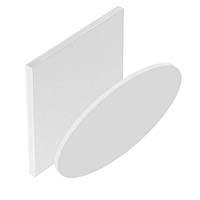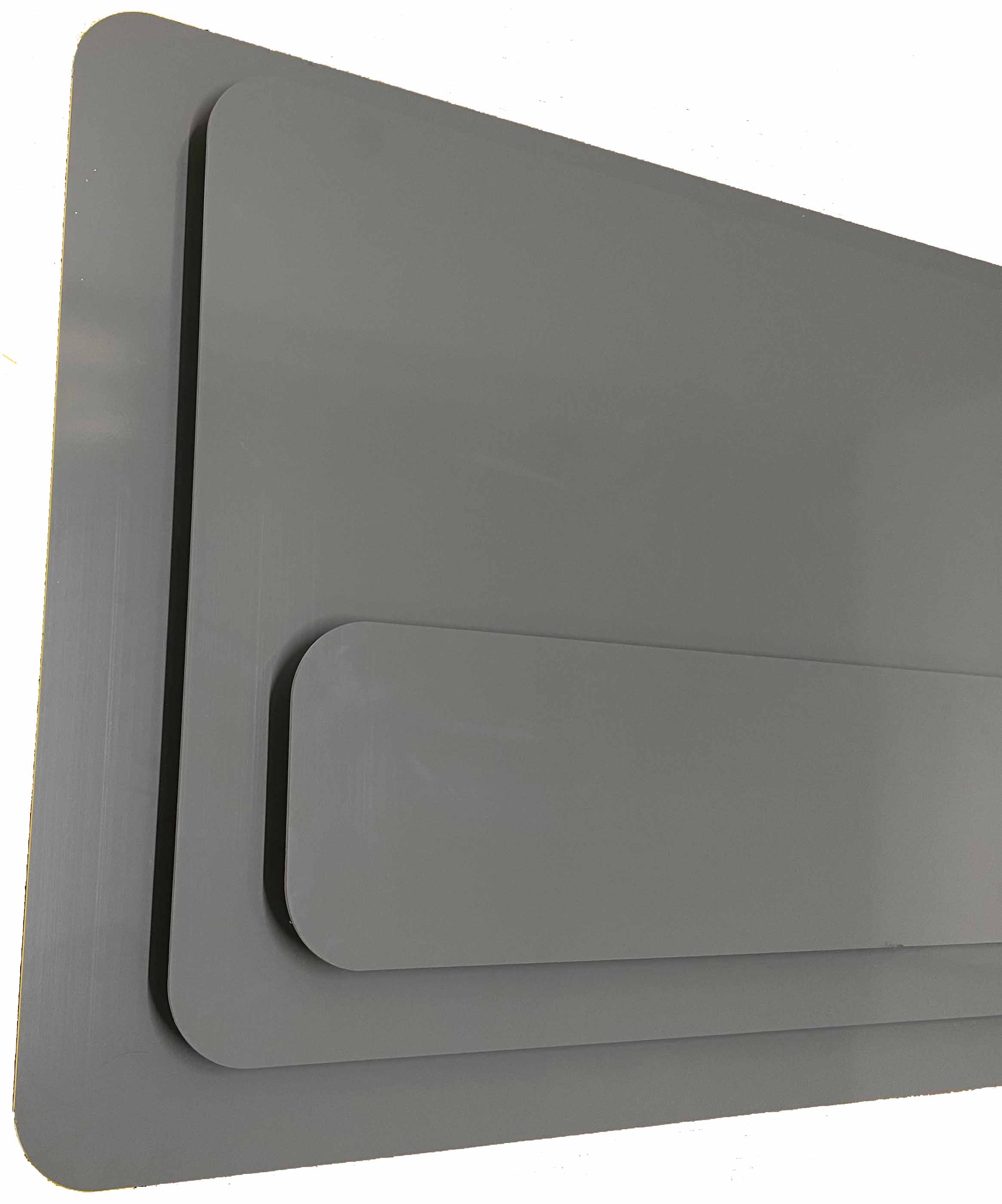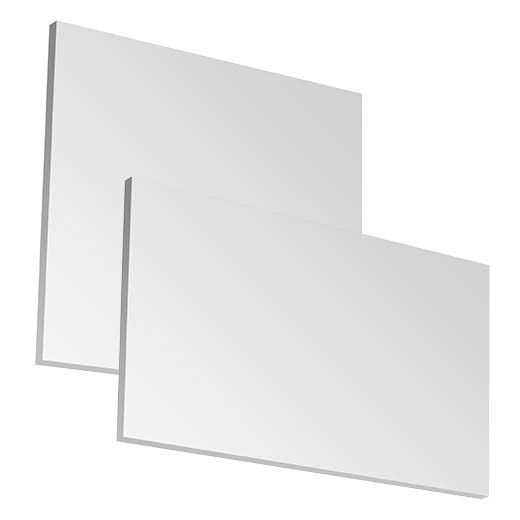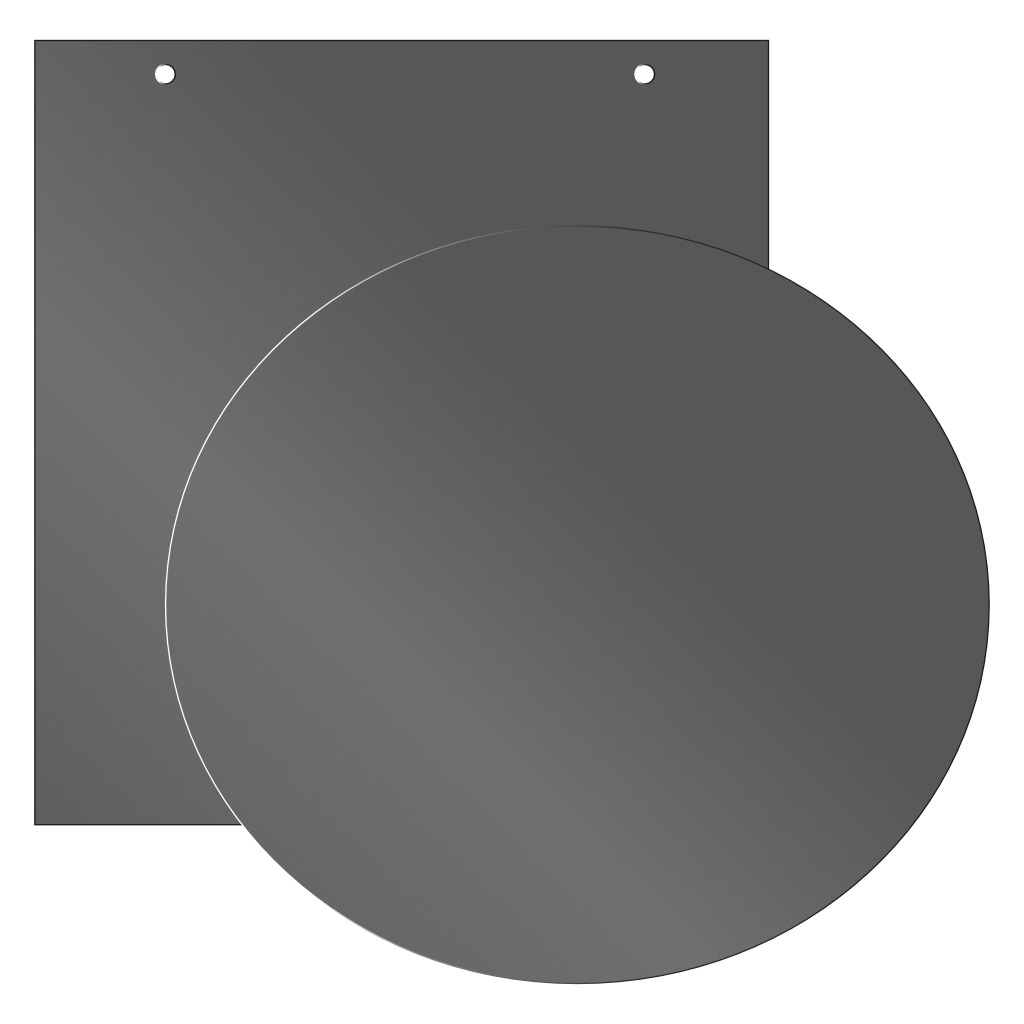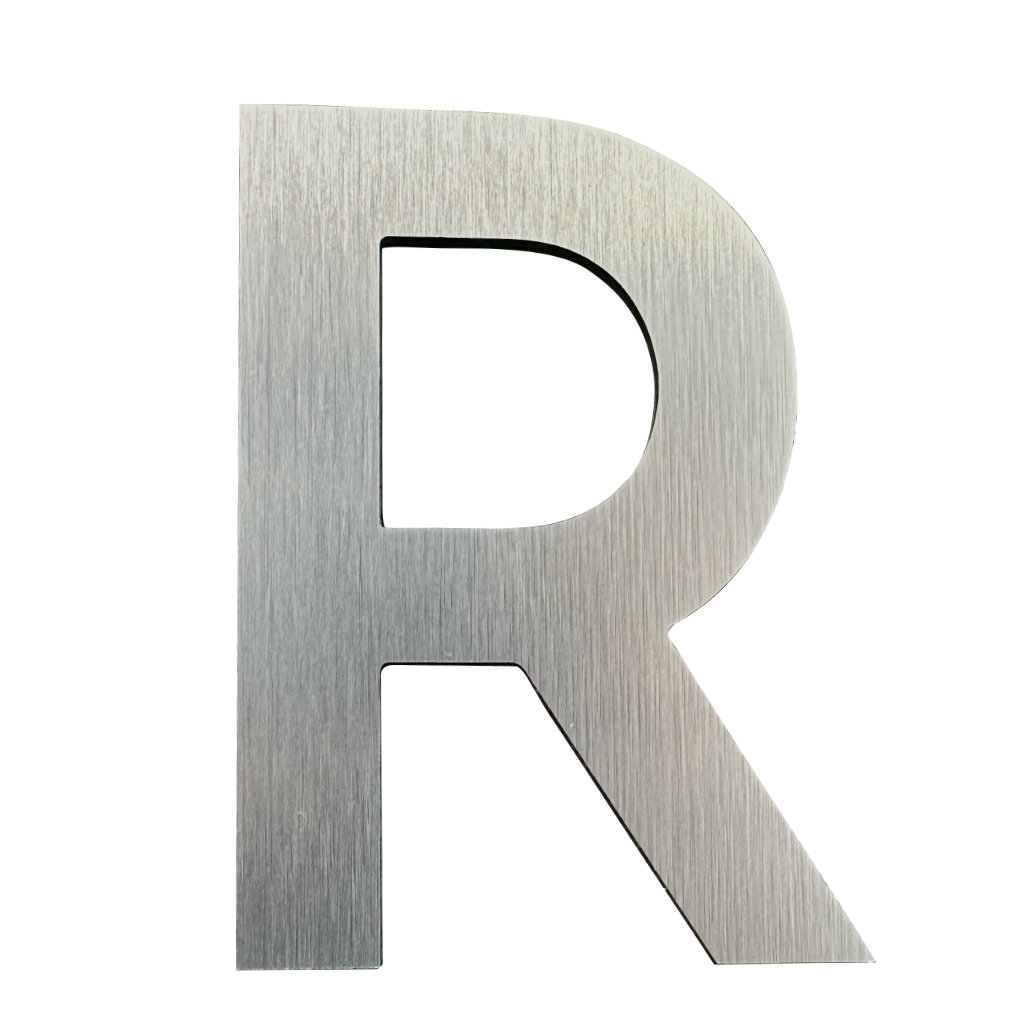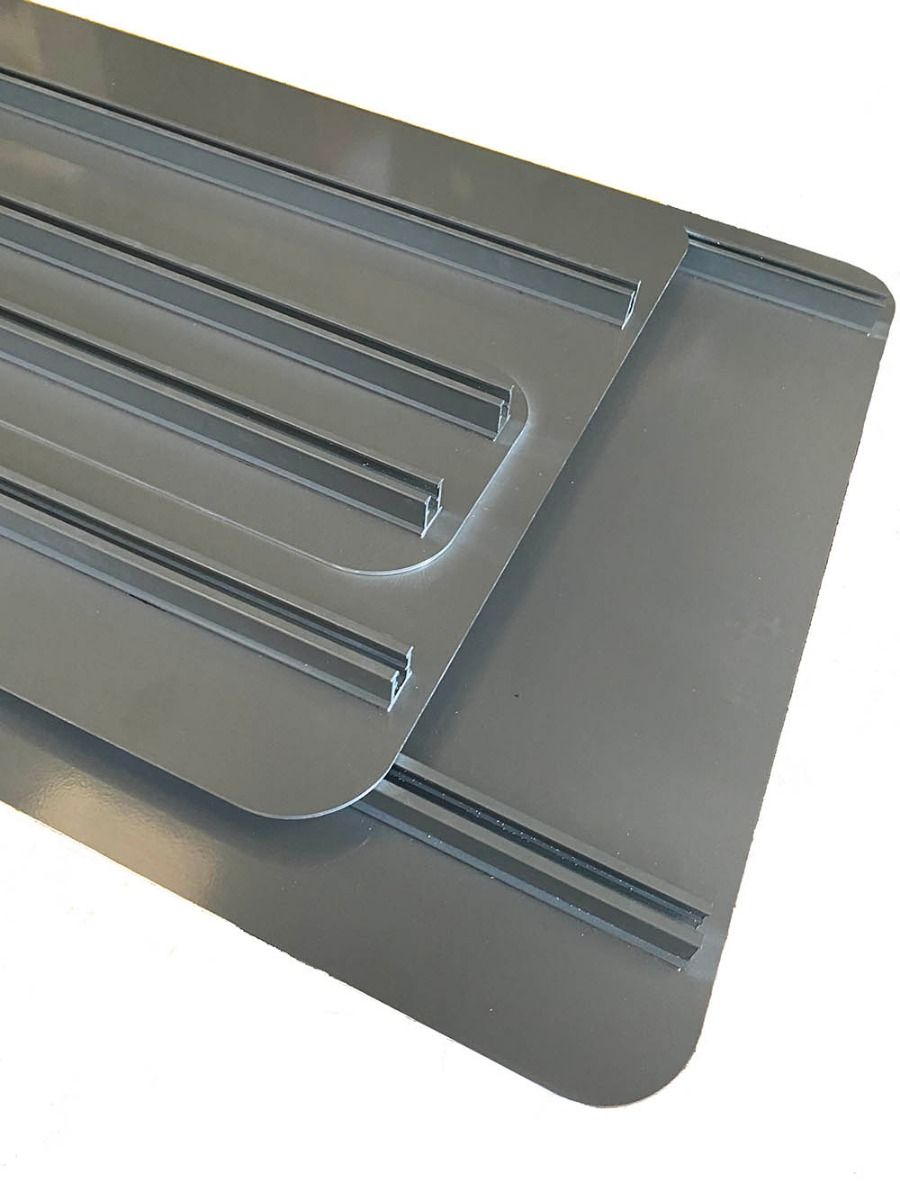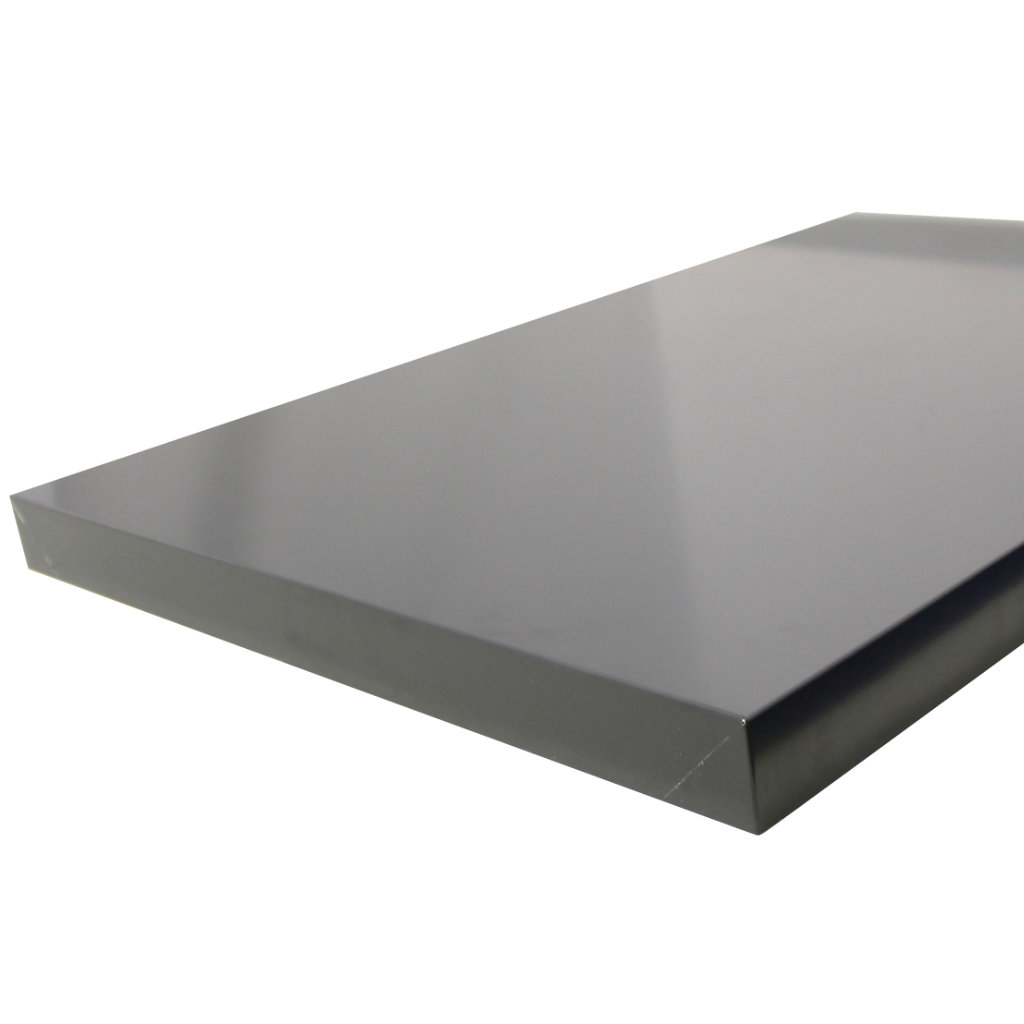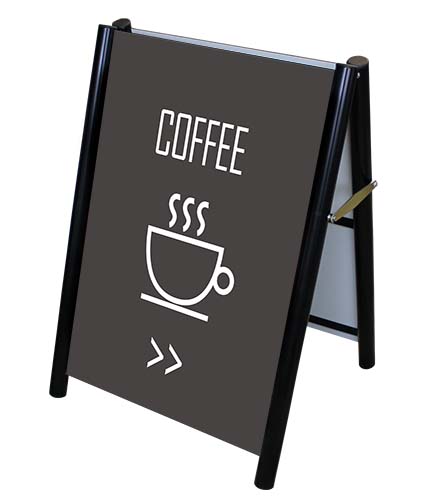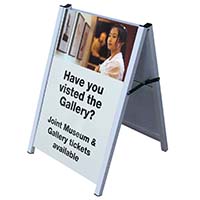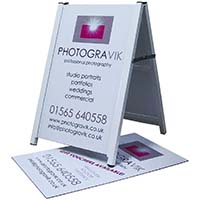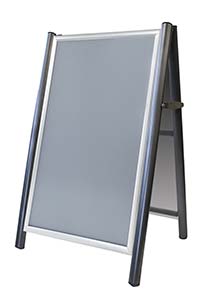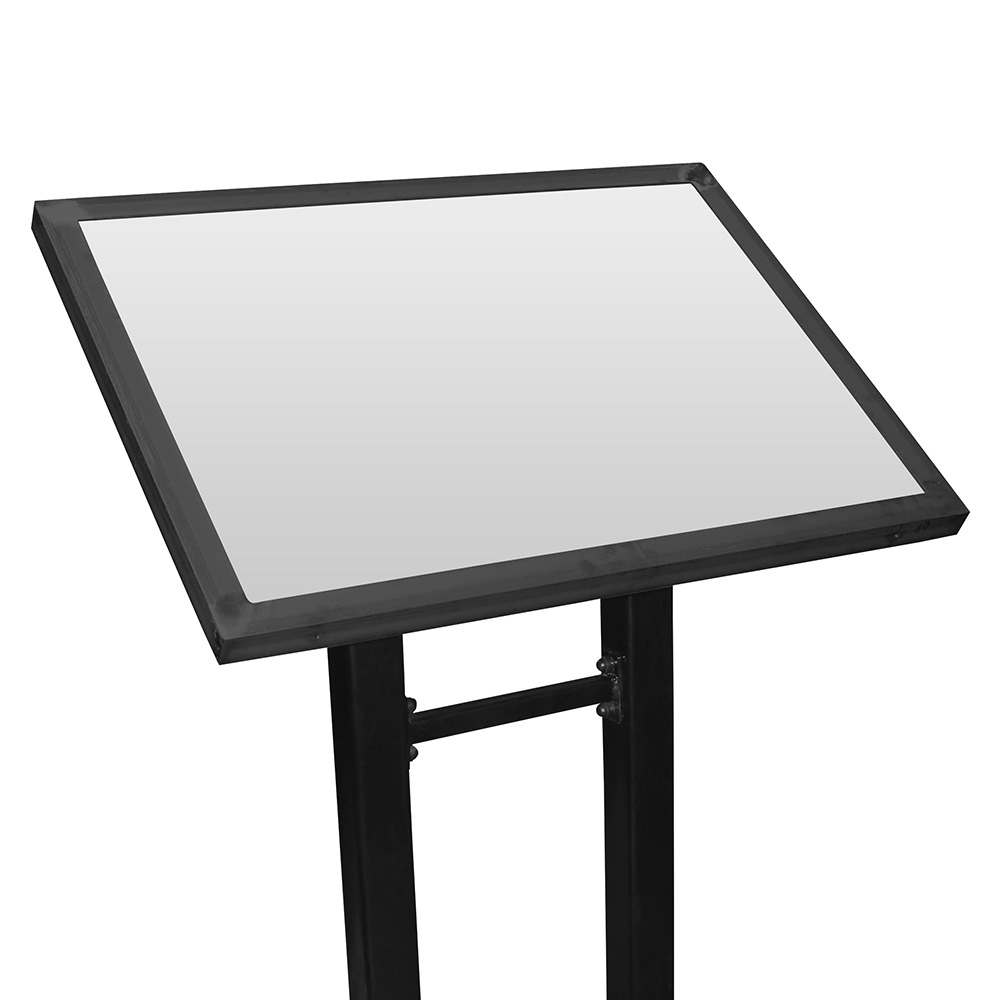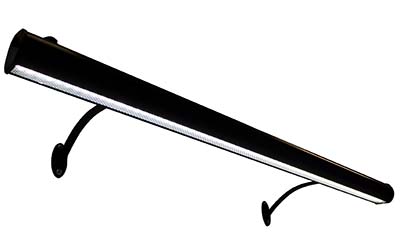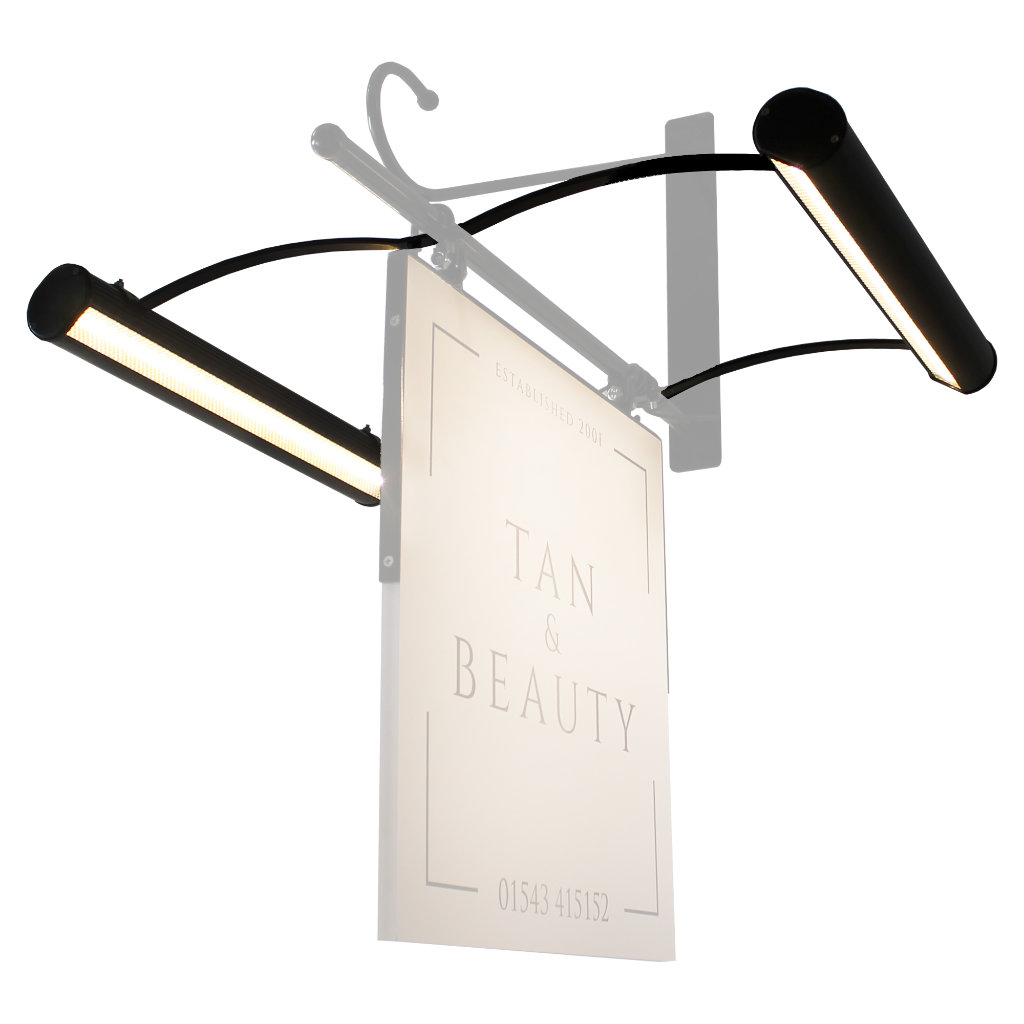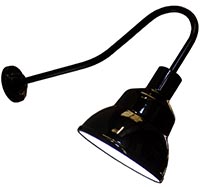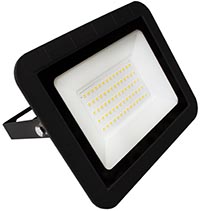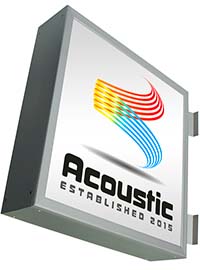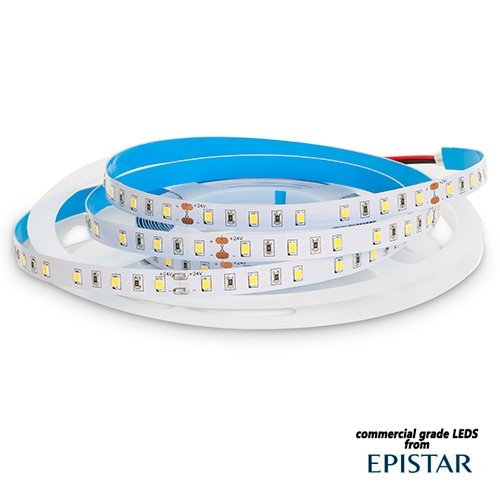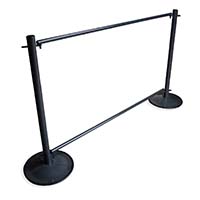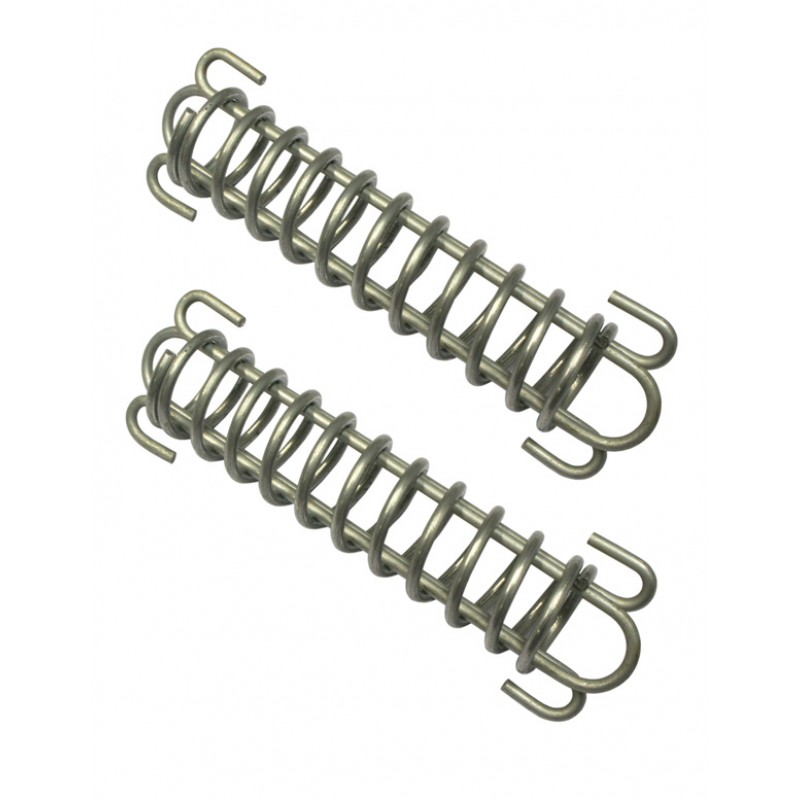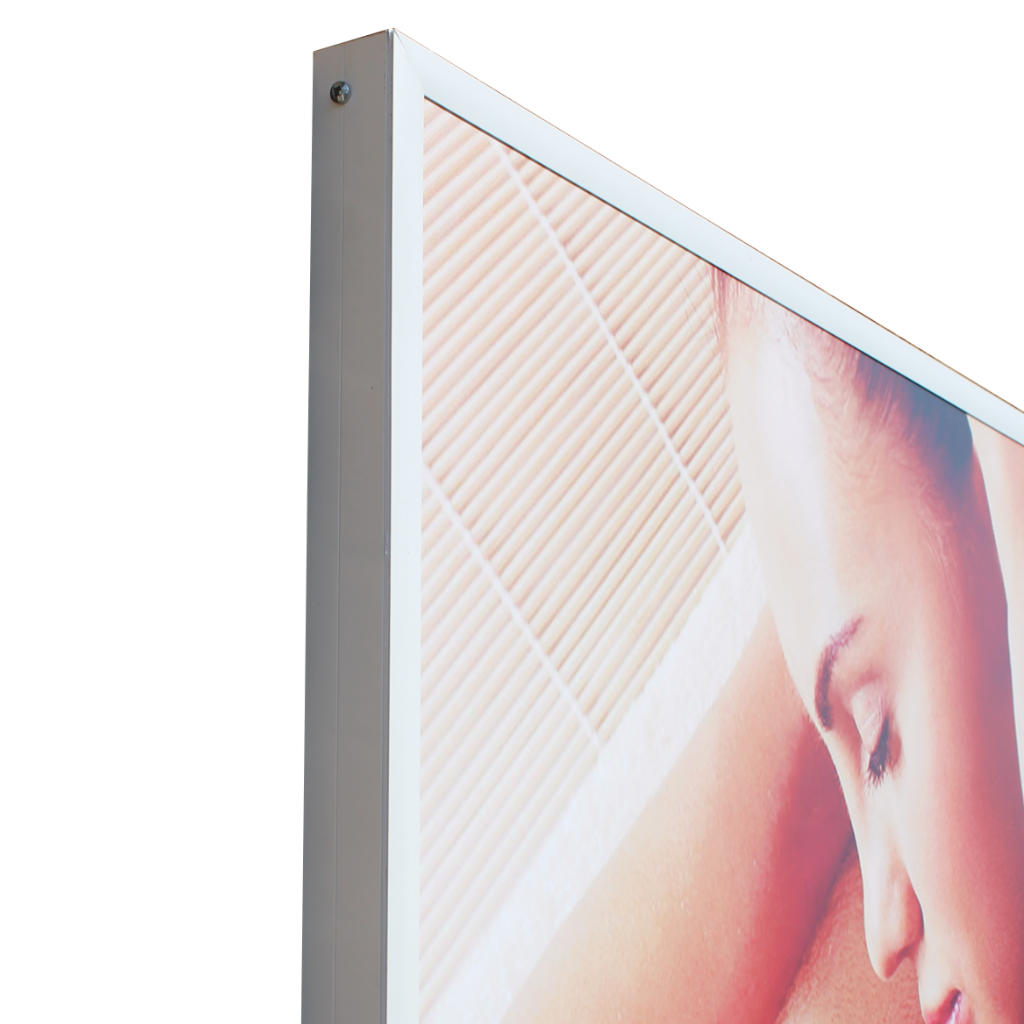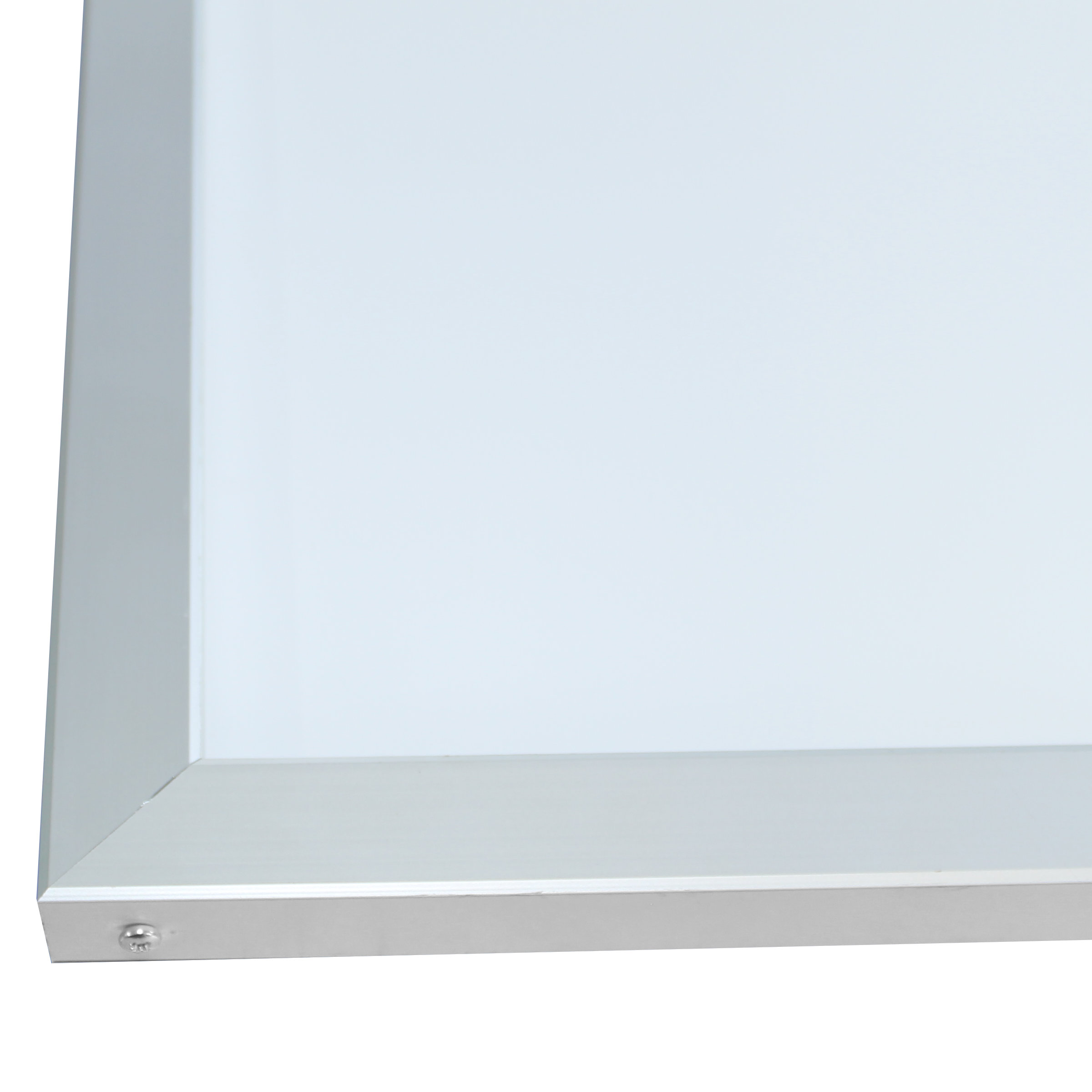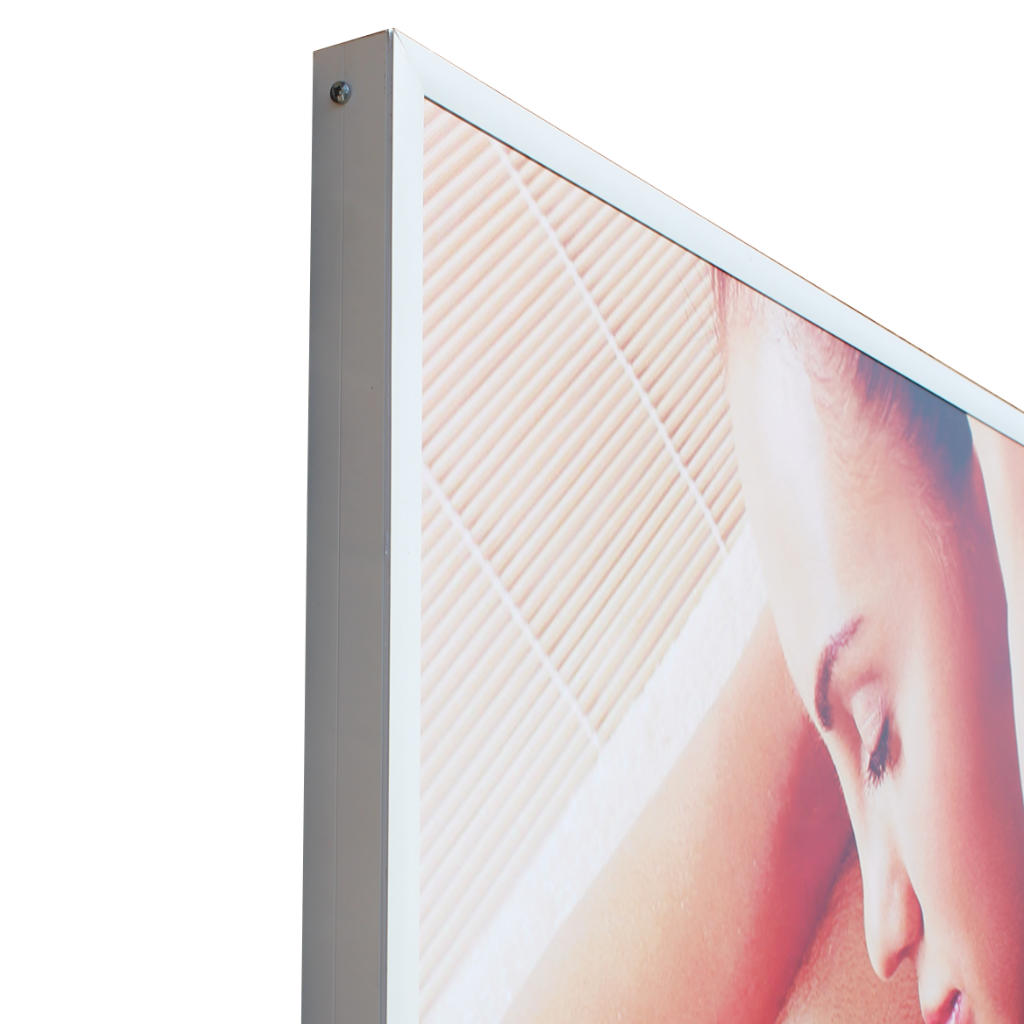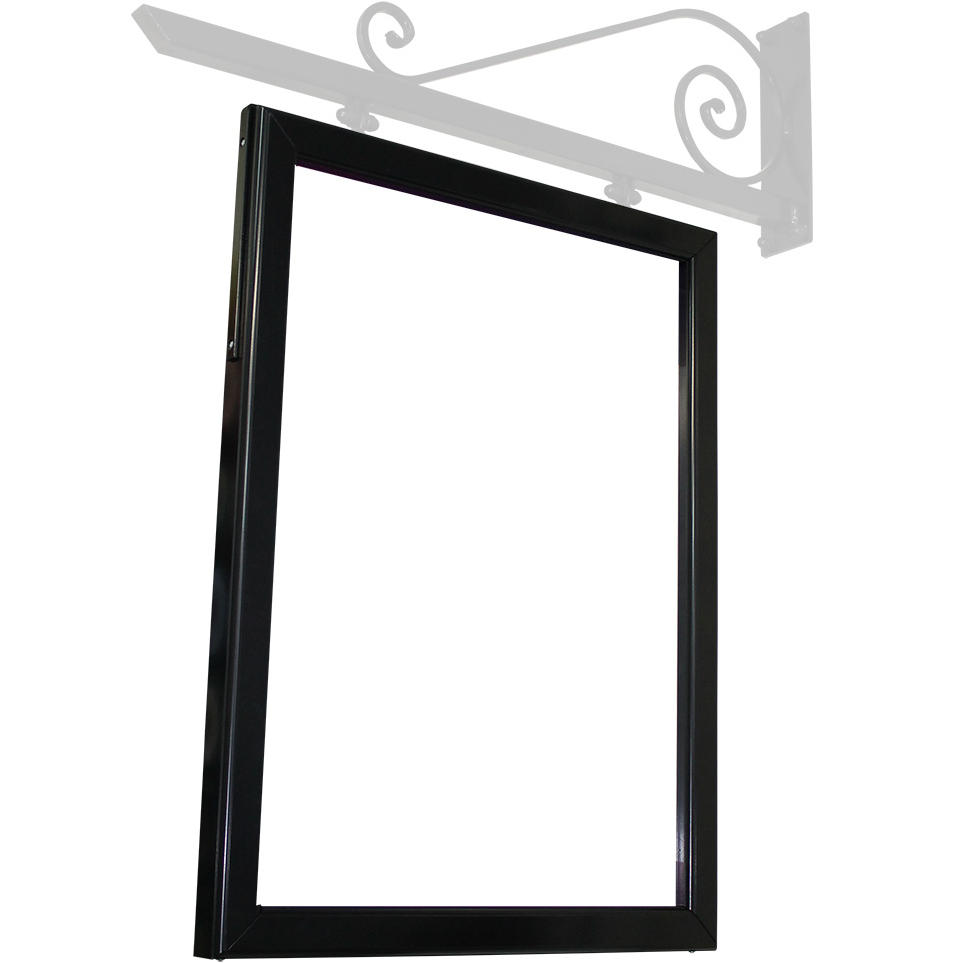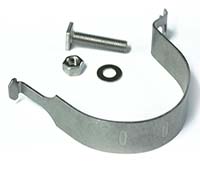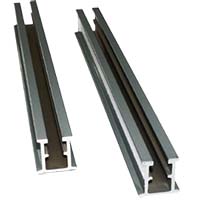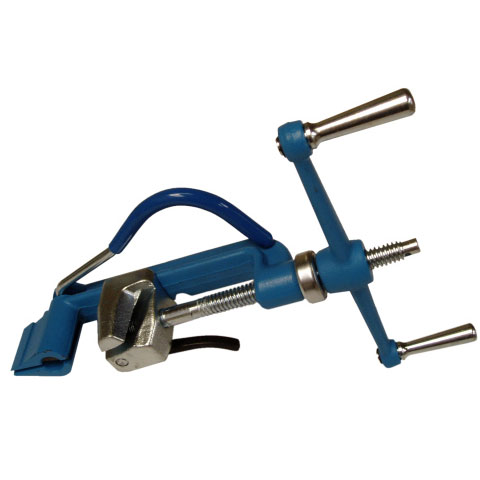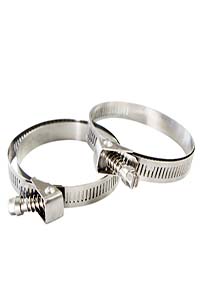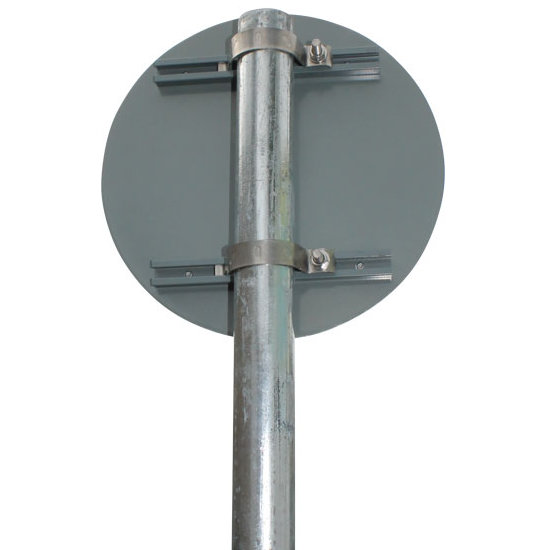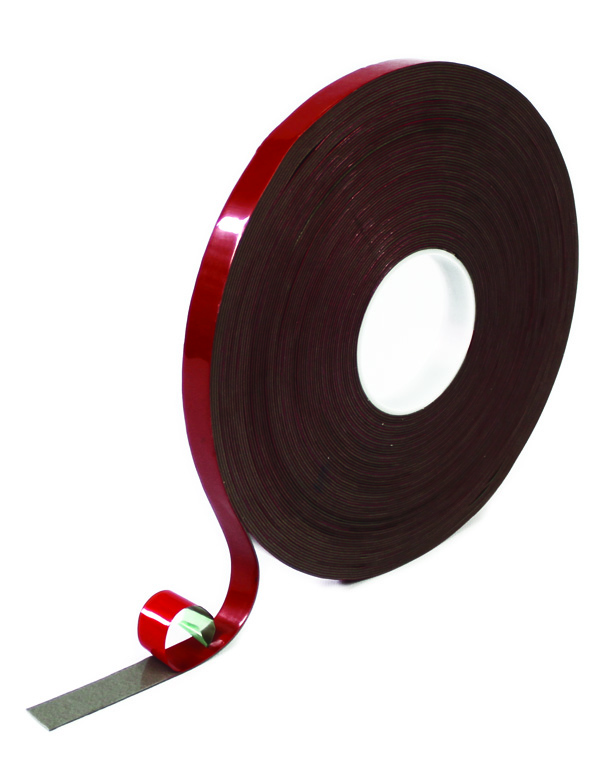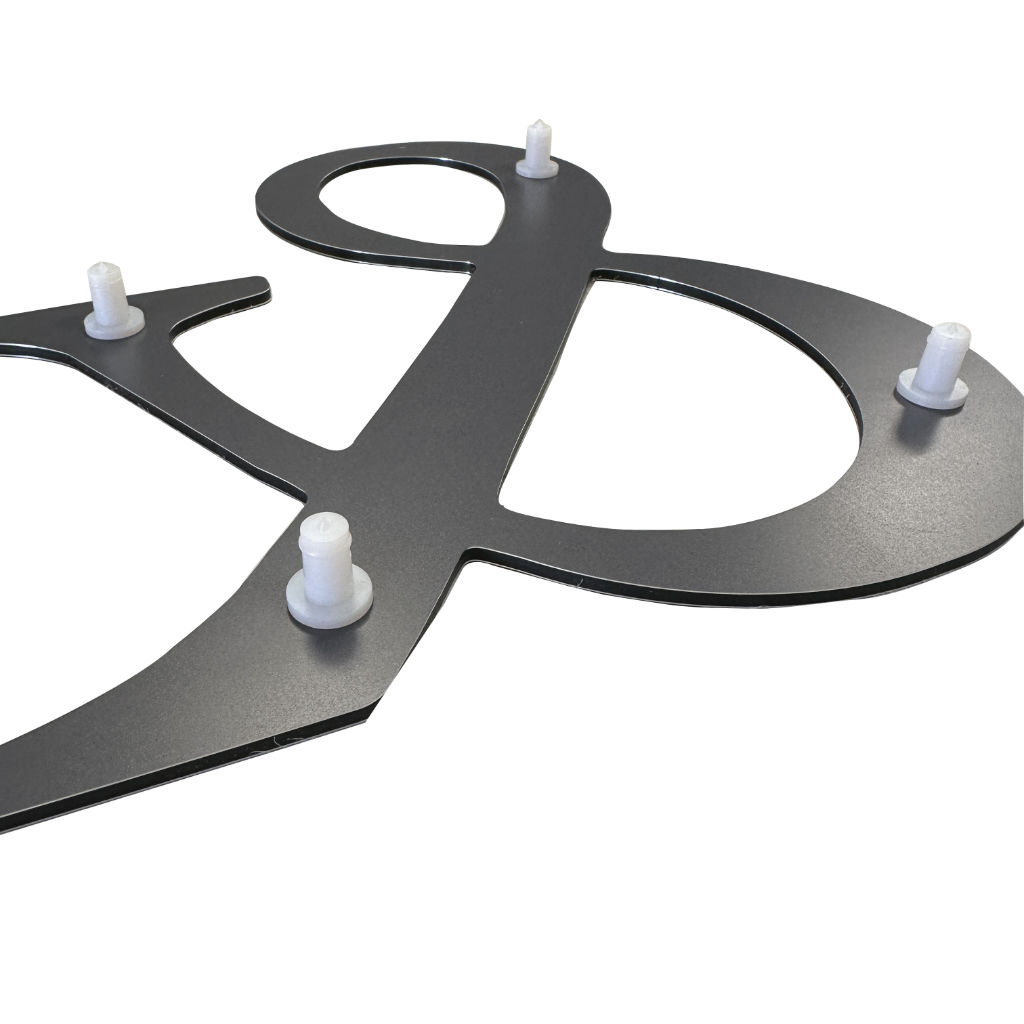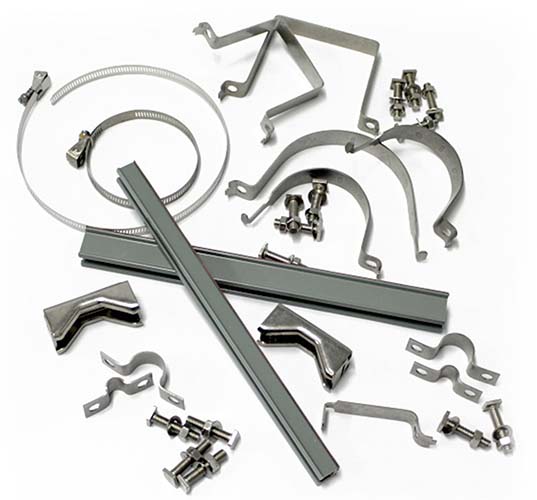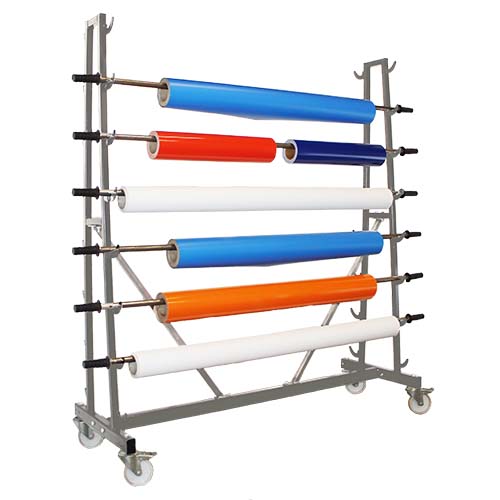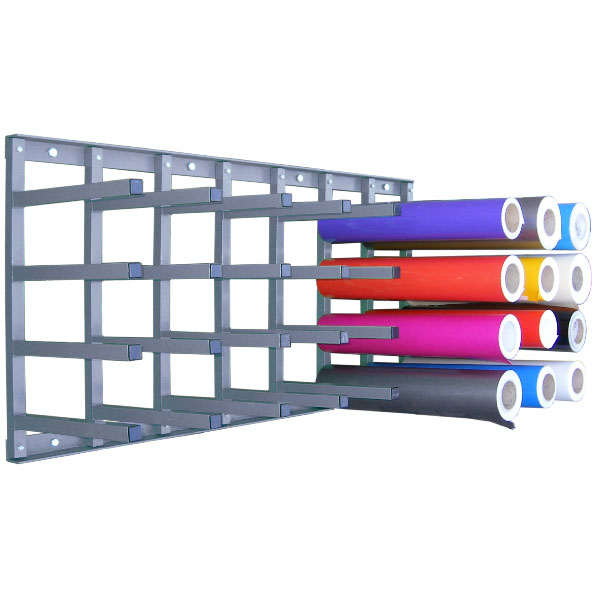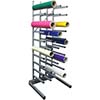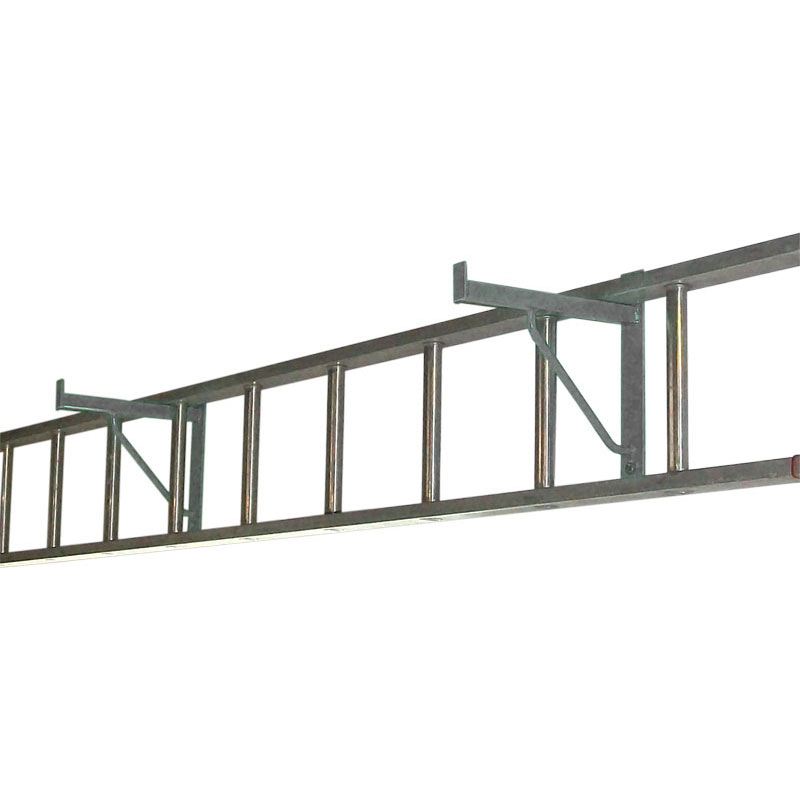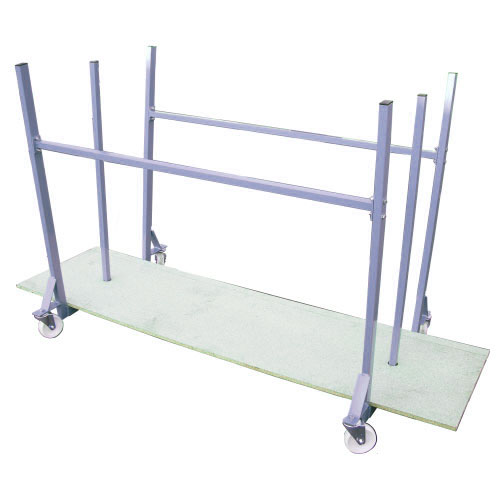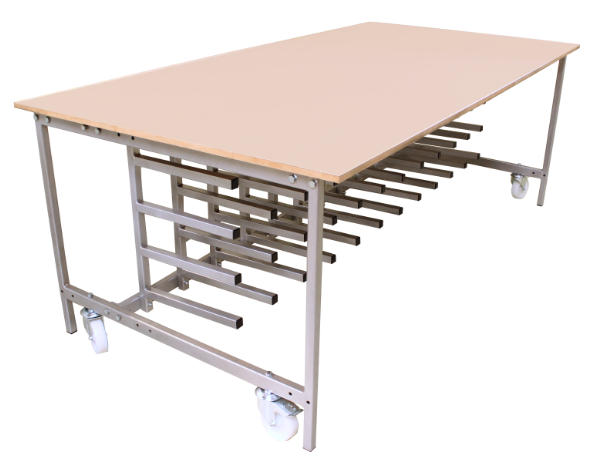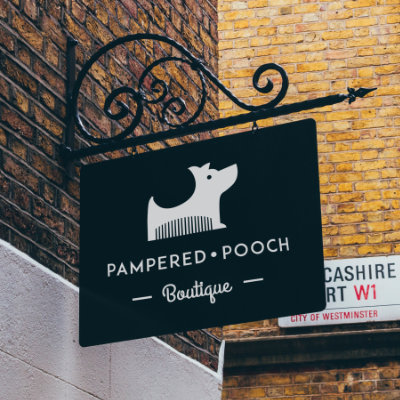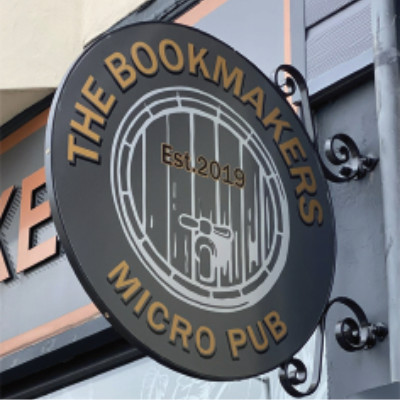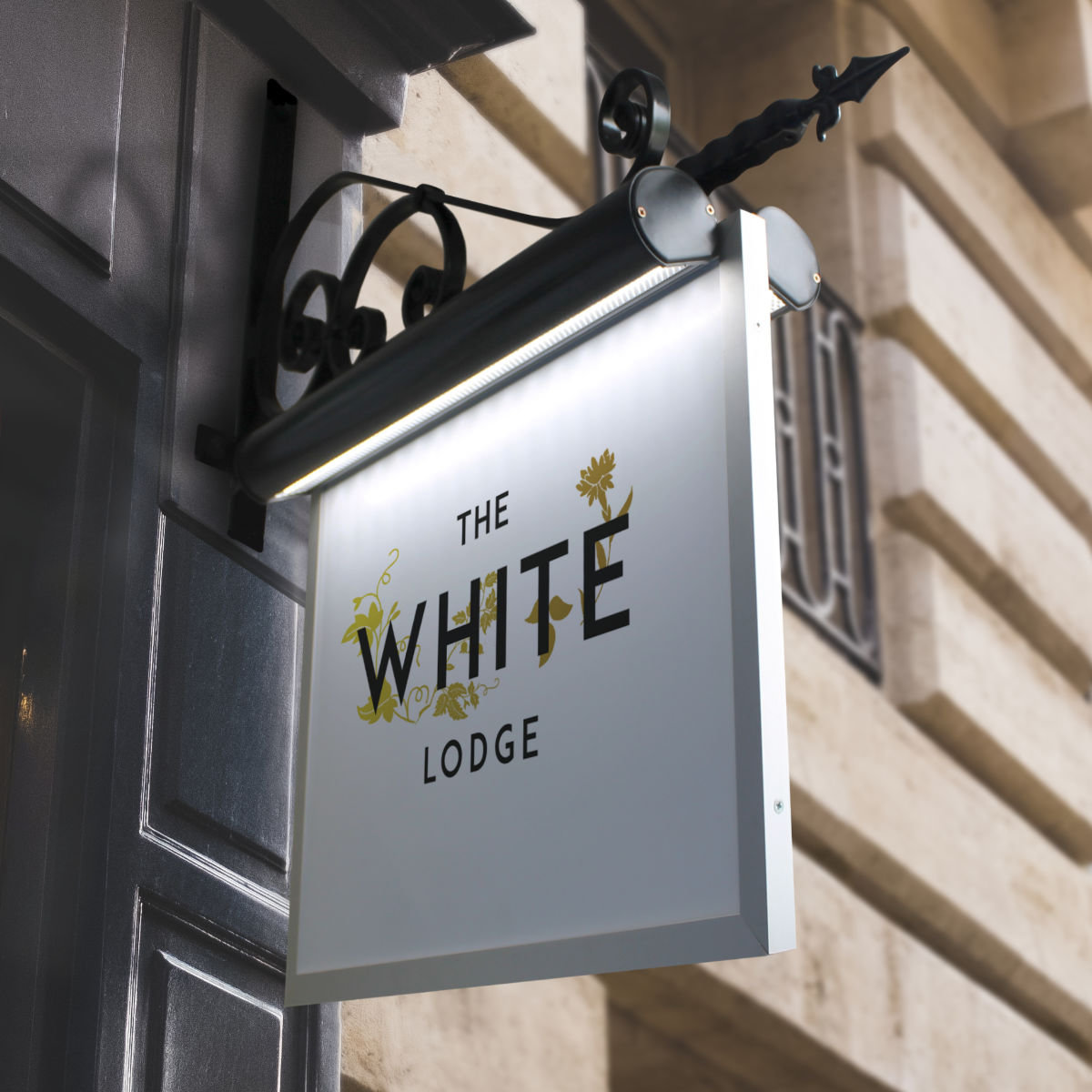The History of Projecting Signs: From Alehouses to High Streets
Take a stroll through any historic town, and you’ll spot them swinging gently in the breeze, those charming, classic projecting signs jutting proudly from shopfronts and pubs. Mounted perpendicular to the building on decorative brackets, they catch your eye before you even read what they say. While they may now be associated with artisan cafés or traditional inns, these signs carry a rich and fascinating history that spans centuries. They’re far more than simple identifiers, they are cultural relics, design statements and business tools rolled into one.
The Origins: Signs Before Words
Long before literacy was widespread, visual communication reigned supreme. In ancient civilizations like Rome and Greece, merchants marked their shops with pictorial signs, early projecting signs, intended to convey their trade or service at a glance. Without relying on words, these symbols became a universal language. A bundle of grapes indicated a wine seller; a boot pointed to a cobbler’s shop; a fish signalled a market stall. These images were often carved from wood, etched in stone or painted on boards that extended out from the building’s façade.
This system was practical and highly effective. As cities became busier and markets more competitive, it was crucial for businesses to draw attention quickly, especially among a largely illiterate population. These signs evolved naturally to become more visible and more ornate, eventually leading to the projecting signboards that would become commonplace in Europe.
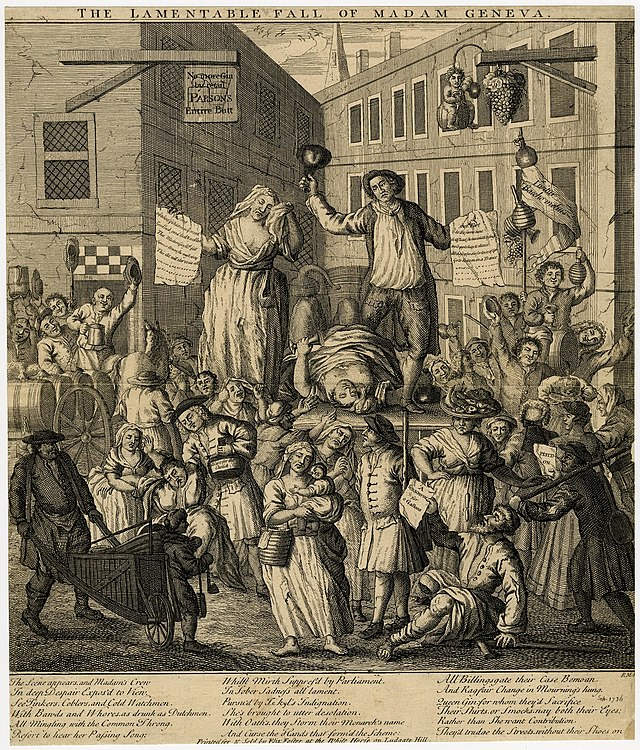
Projecting bracket from the 18th Century
Wine seller displaying a bunch of grapes sign.

Medieval Shop Sign
Image Credit: Piers Mucklejohn
earlymodernscribbling.com
Medieval Taverns and the Birth of the Pub Sign
By the Middle Ages, the projecting sign had taken root across European towns and villages. Inns and alehouses needed to be easily spotted by weary travellers, especially before standardized street names and addresses. Early signs took the form of symbolic objects, ivy branches, lanterns, or a bundle of barley, tied outside a building to indicate the presence of ale.
In England, a major turning point came in 1393 when King Richard II issued a royal decree mandating that all alehouses must display a sign. The reasoning was administrative but pragmatic; the law made it easier for ale inspectors to locate establishments that served alcohol. This legal requirement started the tradition of the pub sign, an iconic British institution that still thrives today.
Mounted on timber or wrought iron brackets, these early signs were hung perpendicular to the building so they could be seen from both ends of the street, a functional design that has stood the test of time.
Symbols Over Words
In a time when most of the population couldn’t read, visual symbolism remained crucial. Pub signs and shopfronts rarely included text. Instead, they relied on bold, easily recognisable imagery; lions, crowns, ships, dragons etc. all designed to be instantly understood. A pub named "The Red Lion" or "The Crown" told you everything you needed to know with just an image.
Many of these signs date back over 500 years and have remained remarkably consistent, a testament to their effectiveness. They were typically hand-painted and mounted on intricately forged ironwork, combining utility with a strong sense of aesthetic and identity. The signs didn’t just inform; they enticed. A striking or unusual sign could easily lure customers away from a competitor further down the road.
The Rise of Trades and Specialist Brackets
As towns expanded and commerce flourished, other professions began adopting projecting signs. Barbers hung poles, blacksmiths displayed horseshoes and booksellers used a quill or a stack of books as their emblem. By the 18th and 19th centuries, signs had become so widespread that competition led to more elaborate and artistic designs. The brackets themselves became a canvas for creativity, cast iron scrollwork, finials and custom flourishes turned the humble sign holder into a mark of prestige.
Some signs became so elaborate and heavy that they resembled small sculptures. In bustling urban centres, these signs brought character to high streets and added visual interest to otherwise uniform rows of buildings.
Projecting Signs Today: Tradition Meets Branding
In the modern age of digital advertising and mass signage, you might think the projecting sign would fade into obscurity. Far from it. Today, these signs are more relevant than ever, especially for businesses seeking to blend historic charm with practical visibility.
Whether it’s a rural pub, a vintage bookshop or a stylish urban café, the projecting sign remains a powerful branding tool. Materials may have changed, (hello to powder-coated steel, CNC-cut panels, weatherproof composites) but the design principles stay the same. Visibility, character, and charm remain at the heart of a good sign.
Modern projecting signs are often designed with lighting, interactivity, or unique custom shapes, blending traditional aesthetics with contemporary needs.
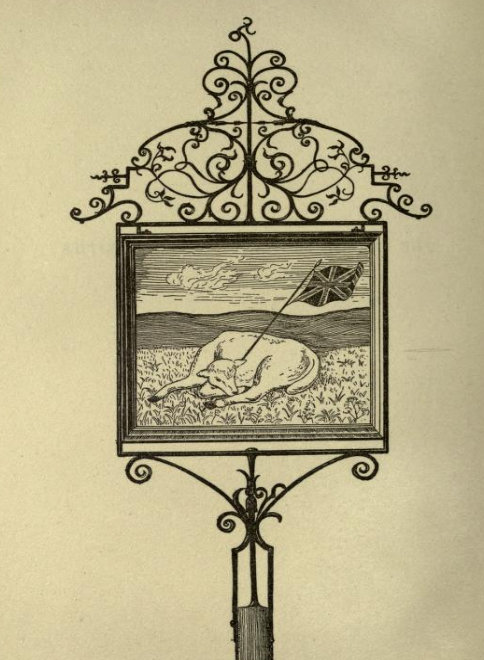
The Lamb & Flag, Bath
Why Projecting Signs Still Work
Here’s why projecting signs continue to thrive:
- Visibility: Unlike fascia signs, projecting signs are visible from both directions, allowing pedestrians to notice a business from afar without needing to stand directly in front.
- Character: A well-crafted sign bracket paired with a stylish panel adds instant personality. It signals care, attention to detail and often a link to heritage or tradition.
- Functionality: Whether you choose a static sign, a swinging version for added movement or an illuminated bracket for evening trade, these signs are incredibly versatile.
- Durability: Modern materials mean the signs of today can withstand the elements while preserving their aesthetic appeal year after year.
Looking to Add a Touch of Tradition?
At Tradesignz, we specialise in crafting beautiful, durable projecting sign brackets that are as practical as they are timeless. Whether you’re renovating a centuries old pub or launching a new business with a nod to vintage style, our brackets are designed to make an impression.
Our collection ranges from classic scroll designs to contemporary minimal styles, each built to last and ready to showcase your brand. We believe the right sign not only invites people in but tells a story before they even step through the door.
Explore our projecting sign brackets and discover how tradition and craftsmanship can work for your business.


